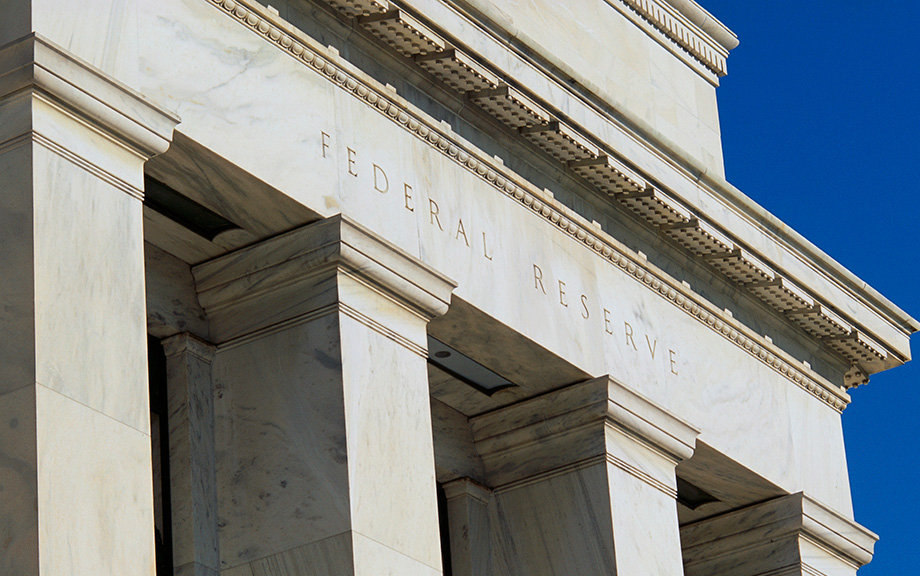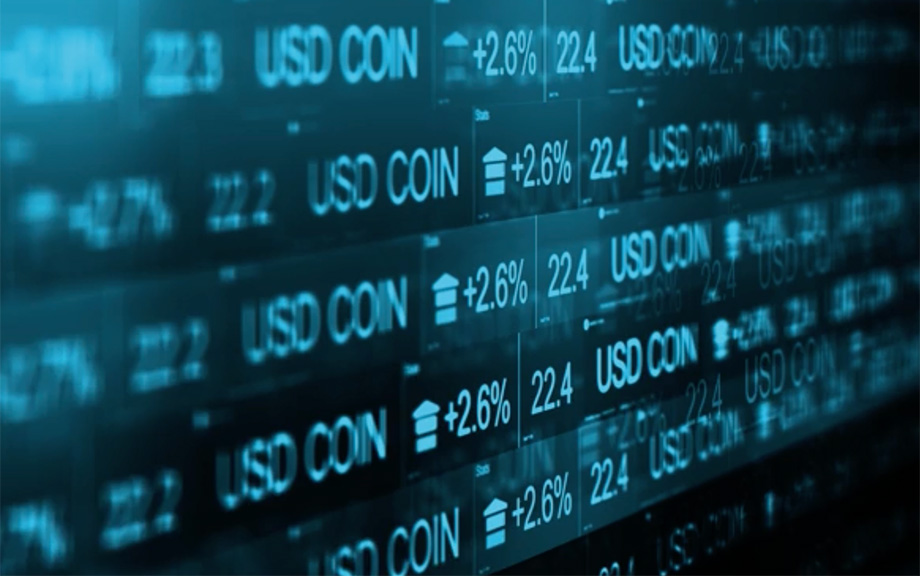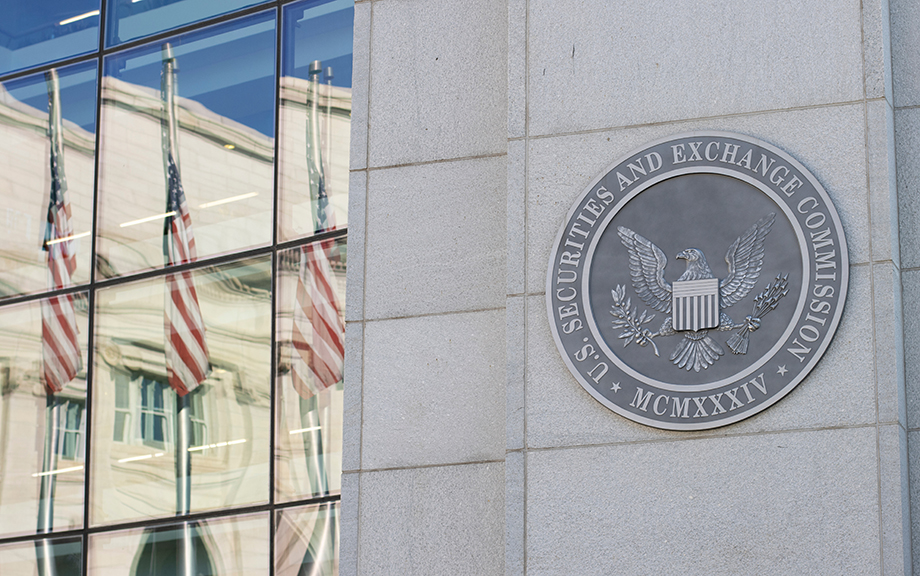The Fed’s Treasury Purchase Prices During the Pandemic

In March 2020, the Federal Reserve commenced purchases of U.S. Treasury securities to address the market disruptions caused by the pandemic. This post assesses the execution quality of those purchases by comparing the Fed’s purchase prices to contemporaneous market prices. Although past work has considered this question in the context of earlier asset purchases, the market dysfunction spurred by the pandemic means that execution quality at that time may have differed. Indeed, we find that the Fed’s execution quality was unusually good in 2020 in that the Fed bought Treasuries at prices appreciably lower than prevailing market offer prices.
The Zero Lower Bound Remains a Medium‑Term Risk

Interest rates have fluctuated significantly over time. After a period of high inflation in the late 1970s and early 1980s, interest rates entered a decline that lasted for nearly four decades. The federal funds rate—the primary tool for monetary policy in the United States—followed this trend, while also varying with cycles of economic recessions and expansions.
Stablecoins and Crypto Shocks: An Update

Stablecoins are crypto assets whose value is pegged to that of a fiat currency, usually the U.S. dollar. In our first Liberty Street Economics post, we described the rapid growth of stablecoins, the different types of stablecoin arrangements, and the May 2022 run on TerraUSD, the fourth largest stablecoin at the time. In a subsequent post, we estimated the impact of large declines in the price of bitcoin on cumulative net flows into stablecoins and showed the existence of flight-to-safety dynamics similar to those observed in money market mutual funds during periods of stress. In this post, we document the growth of stablecoins since 2019, including the evolution of the reported collateral backing major stablecoins. Then, we estimate the impact on the stablecoin industry of large bitcoin price increases that occurred between 2021 and 2025.
The Dueling Intraday Demands on Reserves

A central use of reserves held at Federal Reserve Banks (FRBs) is for the settlement of interbank obligations. These obligations are substantial—the average daily total reserves used on two main settlement systems, Fedwire Funds and Fedwire Securities, exceeds $6.5 trillion. The total amount of reserves needed to efficiently settle these obligations is an active area of debate, especially as the Federal Reserve’s current quantitative tightening (QT) policy seeks to drain reserves from the financial system. To better understand the use of reserves, in this post we examine the intraday flows of reserves over Fedwire Funds and Fedwire Securities and show that the mechanics of each settlement system result in starkly different intraday demands on reserves and differing sensitivities of those intraday demands to the total amount of reserves in the financial system.
International Stock Markets’ Reactions to EU Climate Policy Shocks

While policies to combat climate change are designed to address a global problem, they are generally implemented at the national level. Nevertheless, the impact of domestic climate policies may spill over internationally given countries’ economic and financial interdependence. For example, a carbon tax charged to domestic firms for their use of fossil fuels may lead the firms to charge higher prices to their domestic and foreign customers; given the importance of global value chains in modern economies, the impact of that carbon tax may propagate across multiple layers of cross-border production linkages. In this post, we quantify the spillover effects of climate policies on forward-looking asset prices globally by estimating the impact of carbon price shocks in the European Union’s Emissions Trading System (EU ETS) on stock prices across a broad set of country-industry pairs. In other words, we measure how asset markets evaluate the impact of changes to the carbon price on growth and profitability prospects of the firms.
End‑of‑Month Liquidity in the Treasury Market

Trading activity in benchmark U.S. Treasury securities now concentrates on the last trading day of the month. Moreover, this stepped-up activity is associated with lower transaction costs, as shown by a smaller price impact of trades. We conjecture that increased turn-of-month portfolio rebalancing by passive investment funds that manage relative to fixed-income indices helps explain these patterns.
Has Treasury Market Liquidity Improved in 2024?

Standard metrics point to an improvement in Treasury market liquidity in 2024 to levels last seen before the start of the current monetary policy tightening cycle. Volatility has also trended down, consistent with the improved liquidity. While at least one market functioning metric has worsened in recent months, that measure is an indirect gauge of market liquidity and suggests a level of current functioning that is far better than at the peak seen during the global financial crisis (GFC).













 RSS Feed
RSS Feed Follow Liberty Street Economics
Follow Liberty Street Economics